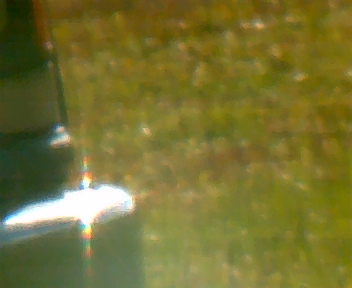Hi everyone
little led lights i have been playing with produce electricity when you illuminate them! How come?
I used a Tikka Xp head worn work light to illuminate them from the top close up.
I tried a clear one and got 1.31v on the Dc settings and 2.2v on Ac settings on my multimeter
next i tried an amber one and got 1.42v dc and 2.4v on Ac
next clear pale green i got 1.68v Dc and 2.9v Ac
Next Deep Red 0.5v Dc and 0.6v Ac
next i tried one of the tiny ones yellow 1.54v Dc and 2.6v Ac
I could not find any info on this on the net Is that a normal recognized effect from led lights or is my cheap multimeter damaged lol
Is that a normal recognized effect from led lights or is my cheap multimeter damaged lol
if that is real energy being made is it usable say in an led based solar cell?
if that is possible then wouldn't an led based cell be cheaper than the current types available?
Best Regards
Jay
little led lights i have been playing with produce electricity when you illuminate them! How come?
I used a Tikka Xp head worn work light to illuminate them from the top close up.
I tried a clear one and got 1.31v on the Dc settings and 2.2v on Ac settings on my multimeter
next i tried an amber one and got 1.42v dc and 2.4v on Ac
next clear pale green i got 1.68v Dc and 2.9v Ac
Next Deep Red 0.5v Dc and 0.6v Ac
next i tried one of the tiny ones yellow 1.54v Dc and 2.6v Ac
I could not find any info on this on the net
 Is that a normal recognized effect from led lights or is my cheap multimeter damaged lol
Is that a normal recognized effect from led lights or is my cheap multimeter damaged lolif that is real energy being made is it usable say in an led based solar cell?
if that is possible then wouldn't an led based cell be cheaper than the current types available?
Best Regards
Jay






Comment